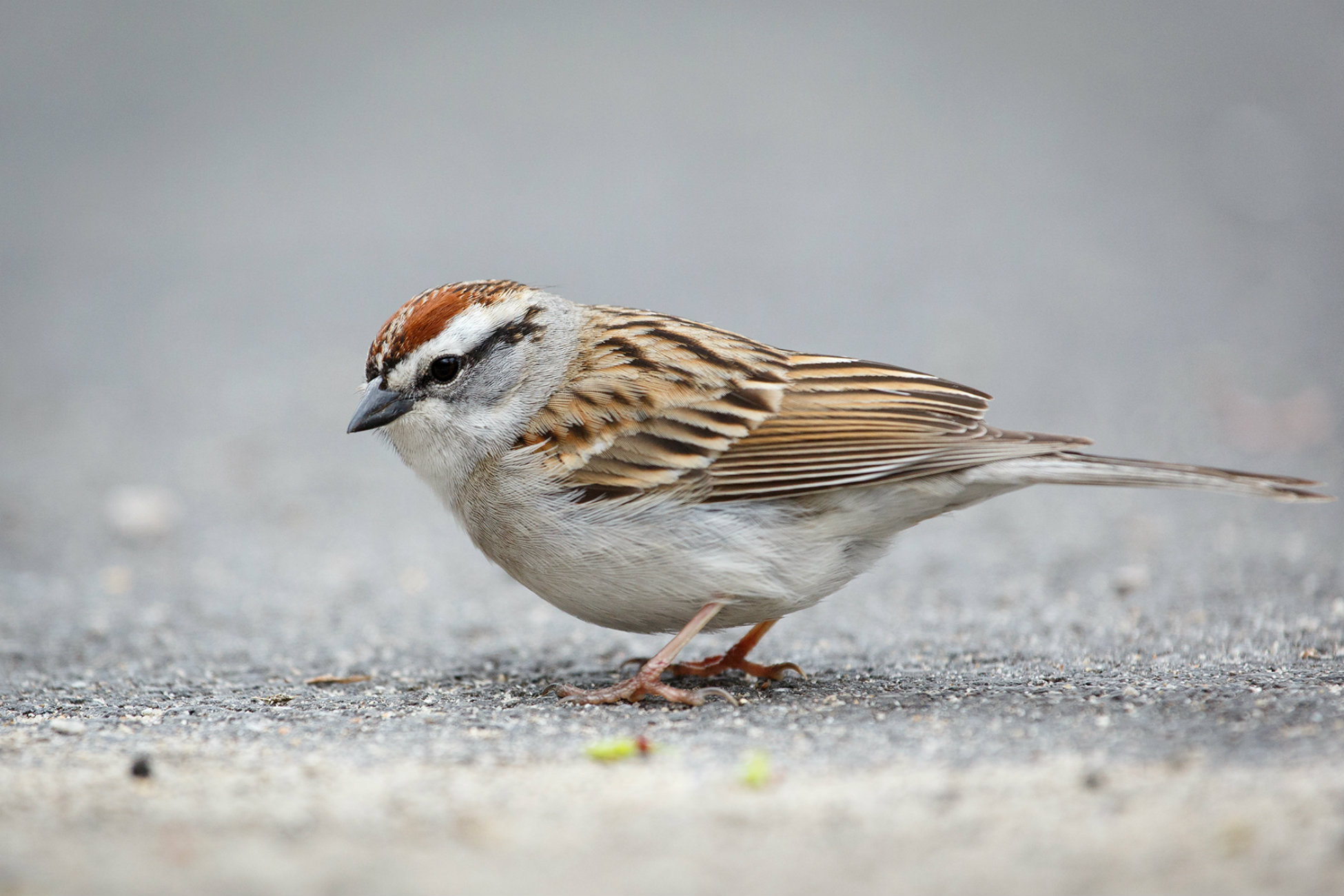

They are found in suitable habitats throughout the United States and Mexico. Some populations migrate to breed as far north as central Yukon and as far east as Newfoundland. Distribution of the Chipping sparrow in the USAĬhipping sparrows can be found across North America. The best time to see these birds in the United States are during summer (June to September) and winter (December to February). Spizella Passerine Scientific Classification Males sing and threaten to defend breeding territories. During the breeding season, they defend territories from other chipping sparrows, except mates. They are most active in the morning and early evening, when they are foraging. (Middleton)Ĭhipping sparrows can hop and run on the ground and fly at 22-32 km/h.

Compatibility with American tree sparrows (Spizella arborea) may limit the winter range. During migration, they pass through grasslands, desert scrub, and mountainous areas.

Chipping sparrows are found in suburban areas, urban parks, orchards, and other human-modified landscapes. The chipping sparrow (Spizella passerina) is a species of New World sparrow, a passerine bird in the family Passerellidae. They live in open forests, especially coniferous forests, and riparian forests. Unlike most sparrows, Chipping sparrows spend their winters and breeding seasons in open woodlands, unlike most sparrows. This is to help their young process their seed diet. Insects and seeds from the ground or leaves and stems are their preferred sources of food. Small seeds are preferred by chipping sparrows, especially crabgrass (Digitaria sanguinalis) and foxtail (Setaria glauca). A variety of insects and beetles prey on moths and butterflies. During the breeding season, when up to 38% of their diet is animal prey, they eat insects. FeedingĬhipping sparrows feed on grass seeds and annual plant seeds and fruits. Their wings could range 8-9 in (20-23 cm). These birds have a length of 5.5 in (14 cm) and a weight of 11 g (.4 oz). It was banded in the same province in 1987.Spizella Passerine – Chipping Sparrow in Maine.

This results in the common misperception that they bred in those areas, when really they simply moved there to molt. It's not unusual to see Chipping Sparrows on alpine tundra or along roadsides in open grasslands.


 0 kommentar(er)
0 kommentar(er)
